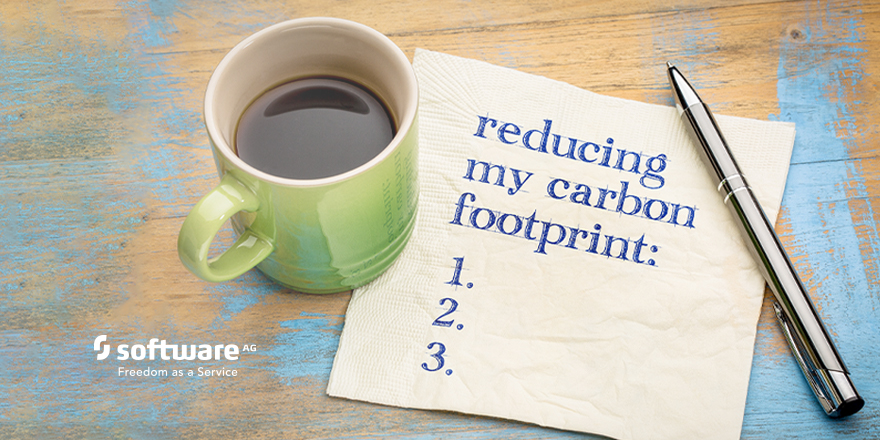Are Customer Expectations Hurting the Planet?
Consumers ask a lot from retailers; they want a personalized shopping experience, fast delivery and, in the meantime, not to damage the environment.

Really fast delivery – for free – is part of the instant gratification experience. It is an important element of online retailers’ offerings, appealing to the “I want it and I want it now” crowd.
Delivery speed and convenience has become a differentiator and competitive weapon. As BBC commentator Natalie Berg said: “Time wars are the new price wars.”
A story on CNN caught my attention, pointing out that this trend toward faster delivery – offered by almost every retailer that is trying to compete with Amazon – is the opposite of responsible, sustainable behavior.
The convenience of Amazon and the ability to simply click and an item appear the next day with no minimum order size of delivery charge for Prime customers is amazing. But, as we see from CNN, there is a dark side to this. Not only is excess packaging damaging to the environment, the proliferation of planes, trains and trucks needed to deliver the goods creates additional pollution and wastes precious resources.
Patrick Browne, director of global sustainability at UPS said: “I don’t think the average consumer understands the environmental impact of having something tomorrow vs. two days from now. The more time you give me, the more efficient I can be.”
I like to think I am fairly responsible environmentally, but when I look at my own Amazon purchase history it tells a different story. Of my purchases in the past six months, few, if any, were urgent enough to need next-day delivery. And, if I am honest, many times I could have ordered multiple things together to maximize Amazon’s ability to consolidate shipments to me.
In an article I wrote for The Australian Retailers Association, I noted that there are many solutions involving leveraging IoT, data and analytics to help improve sustainability.
But there are other things retailers can do as well:
- Incentivize customers to pick a more environmentally friendly approach by offering a slower delivery option, giving a discount voucher for future purchases as a reward.
- Highlight reduced environmental impact – or perhaps even provide detail of the environmental impact (their carbon footprint for example) – of the delivery speed chosen – empowering the customer to make the planet-friendly choice.
- Use peer pressure by offering high-visibility proof of sustainable behavior – such as “green” boxes that have been delivered using less resources.
All of these would require collaboration between retailers and delivery providers – sharing data on delivery options and carbon footprints, possibly using APIs to link to the delivery provider when the customer selects delivery speed.
There are many innovative solutions that can help retailers to leverage their corporate ecosystem to compete – while at the same time protecting the natural ecosystem that we all live in. Learn more by clicking below.